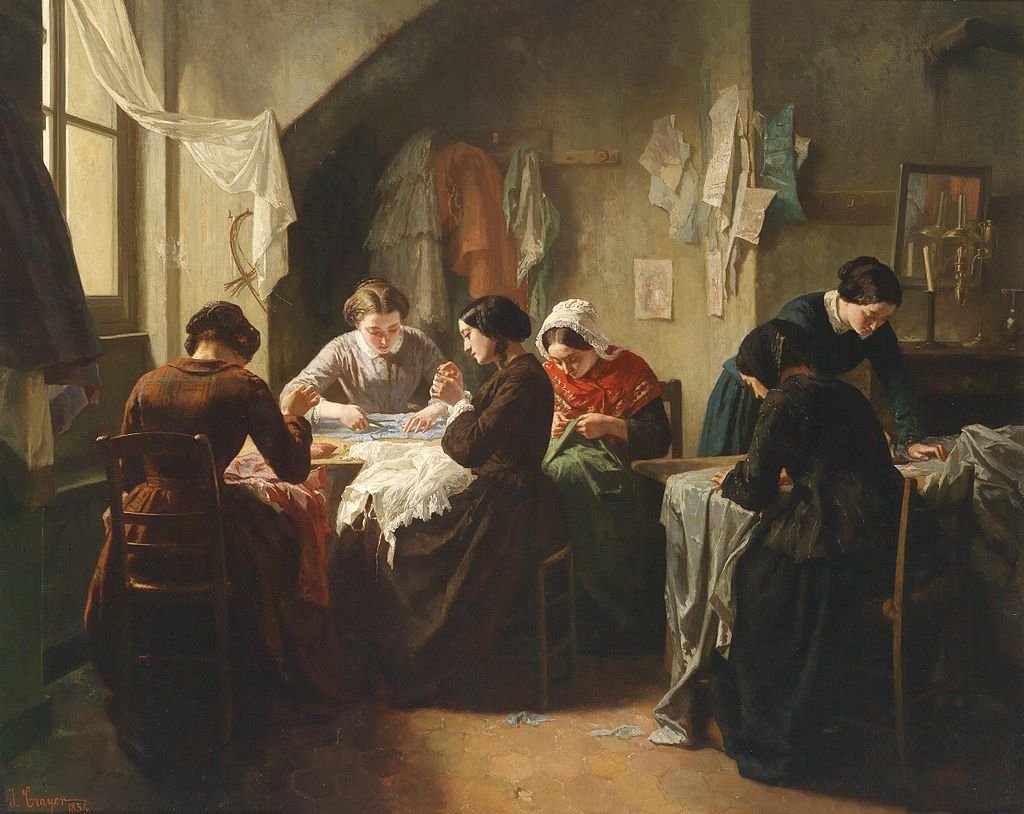
**Are We Less Quick than the Victorians? Insights from Reaction Time Studies on Cognitive Function**
For many years, psychologists have explored the rapidity with which individuals respond to stimuli, a characteristic known as *reaction time* (RT). In contemporary cognitive psychology, RT serves as an instrumental metric to examine the processing of information within the human brain. However, this intrigue extends well beyond our modern context. In fact, the tracking of reaction times predates the establishment of psychology as a formal discipline. Even in present times, reaction time remains a cornerstone in psychological research, aiding investigators in revealing nuanced variances in mental processing across diverse situations.
During the late 19th century, one of the most debated and significant figures in psychology, Sir Francis Galton, amassed a comprehensive dataset of “simple reaction times” (SRT) from more than 3,000 subjects. These records, chronicled in his scientific pursuits, offer a captivating historical reference point for how swiftly individuals responded to straightforward flashes or sounds. Now, over a century later, contemporary psychologists can juxtapose these past statistics with modern findings, posing a question that may astonish you: *Could it be that people today react slower than they did in the 1800s?*
### Galton’s Exploration of Reaction Time and Intelligence
Francis Galton, recognized for his contributions to statistics and eugenics, posited that variances in reaction times could shed light on human intelligence. His hypothesis suggested that quicker reaction times reflected swifter information processing in the brain, potentially correlating with enhanced cognitive capabilities. Initially, he examined reaction times as a method for efficiently assessing these distinctions, confident that speed could serve as a secondary indicator of intelligence.
To evaluate this, Galton established a lab and gathered responses from thousands of individuals, documenting their reaction times to basic sensory stimuli. *Simple reaction time* denotes the duration taken for an individual to respond to a single stimulus, such as a light flash or a sound. Galton anticipated that these measurements would uncover associations related to intelligence and cognitive functioning.
### The Flynn Effect and Reaction Time Data
When evaluating historical changes in cognitive function, one might ponder how Galton’s findings integrate with modern discoveries. A significant challenge to Galton’s original postulations arises from the *Flynn Effect*, a prominent psychological phenomenon signifying a consistent increase in IQ scores across generations during the 20th century. This rise in IQ complicates the notion that each new generation is in some way cognitively “inferior” to the ones that came before.
Nevertheless, those concerned by the notion of declining human cognitive capacities find reassurance in an alternative perspective: the analysis of reaction times through the ages. Numerous researchers have meticulously compared Galton’s late-19th century RT data with recent measurements. The question is intriguing—are current participants, raised in an era of digital innovation and rapid living, quicker to respond to sensory stimuli than those from the Victorian age? Or have we indeed become slower?
### Modern Comparisons: Are We Slower?
The results may astonish you: a majority of studies tracking RT data over the past century indicate that *modern participants exhibit slower reaction times than those recorded by Galton*. Research by Silverman (2010) and Woodley et al. (2013, 2015) has sought to reconcile the differences between now and then by considering variables such as changes in equipment and experimental design. These studies, some utilizing apparatus akin to Galton’s original tools, consistently demonstrate that contemporary individuals display slower reaction times compared to those tested by Galton.
Silverman (2010) reports that data from fourteen studies conducted from 1941 to the present show significantly longer response times, with a majority of subjects reacting more slowly than Galton’s figures from the late 1800s. Woodley et al. (2015) similarly assembled a meta-analysis of SRT data over a century and noted a corresponding trend. Their findings indicate that modern participants are about 10% slower in *simple reaction time* in comparison to those from Galton’s time, translating to a difference of approximately 20 milliseconds.
Though a difference of 20 milliseconds might appear negligible in isolation, this minor interval holds importance in reaction time research. For various tasks reliant on neural processing speed, such as athletic performance or decision-making, even a fraction of a second can be pivotal. As Woodley et al. (2015) highlighted in their review, this deceleration over a century is striking and captures the attention of researchers.
### What Could Slower Reaction Times Suggest?
So, how should we interpret this slight, yet persistent, decline in reaction speed? Does this change in reaction time point to a wider cognitive pattern, or does it imply something entirely different?
Several theories have emerged to explain why contemporary individuals might be responding more slowly than the Victorians:
1. **Cognitive Decline**: One provocative theory, advocated by Woodley and associates, posits that slower reaction times could indicate a subtle decline in general intelligence.